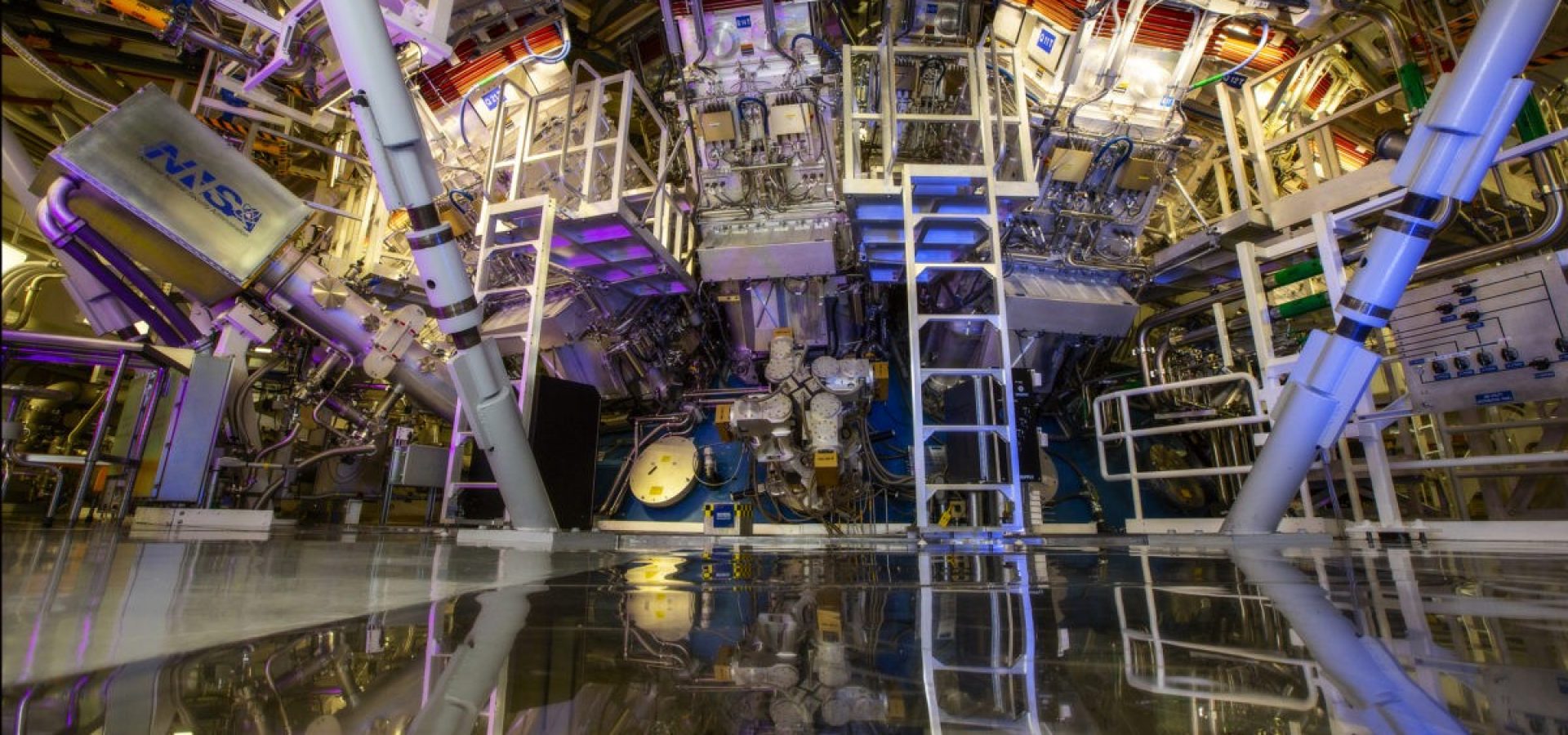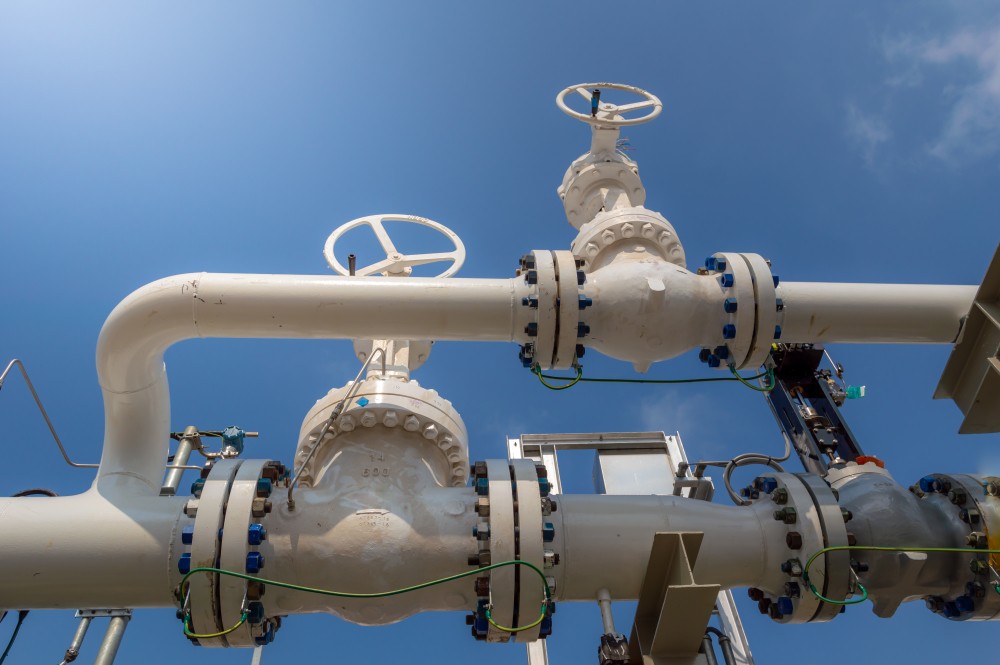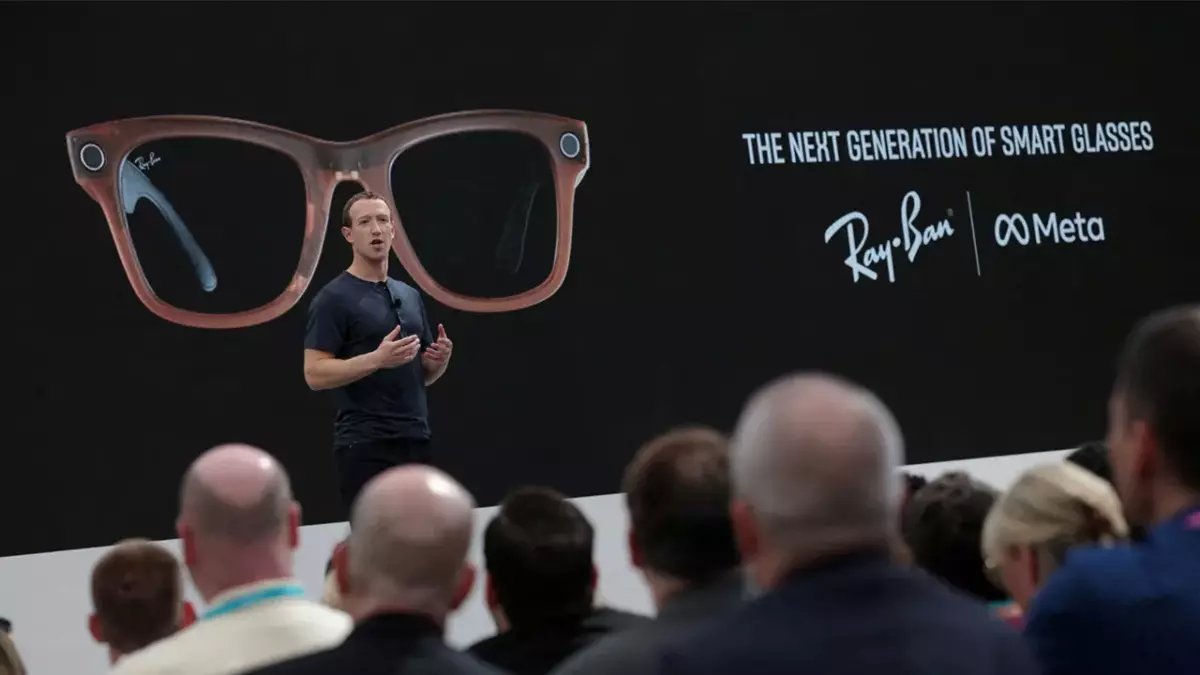A controlled reaction at the Lawrence Livermore National Laboratory generated more energy than it consumed this past week. Hence, the U.S. Energy Department announced a breakthrough in research revolving around nuclear fusion.
Fusion provides a limitless supply of clean energy. How long will it take for this breakthrough to come through? Understanding three fundamental numbers in the fusion sciences and economics can help you comprehend the “break-even points.”
The scientific break-even occurs when a fusion process generates more energy than was utilized to start it in the first place. This barrier broke for the first time on December 5 at the Livermore facility. It’s a huge accomplishment, but it’s just the first three stages.
The second is the engineering break-even when the whole fusion reactor generates more energy than it uses. You need facilities that, on the net, produce energy rather than consume it to be a useful power source. The response was not immediate.
When a fusion power plant is cost-effective compared to other energy sources, it must also achieve the third stage. This is known as the economic or commercial break-even.
Commercial Viability Has yet To Overcome Numerous Hurdles
The power source of stars, whose enormous gravity compresses hydrogen atoms together to produce helium, is fusion energy. This specific energy source entails combining atoms. Compared to the fission technology currently used in nuclear reactors to generate energy, fusion produces no long-lived radioactive waste.
At least, not without additional work that most experts believe will take decades of development, fusion is unlikely to assist in boosting faltering progress toward net-zero emissions. When the world is facing an entrenched energy supply crunch and greenhouse gas levels are still rising, this breakthrough is likely to have little effect on replacing traditional fossil fuels.
A fusion system would need to be inexpensive and simple to construct for commercializing this technology. The Lawrence Livermore test, on the other hand, employs some of the world’s most powerful lasers: They’re huge, costly, and difficult to deploy en masse. That would make it tough to turn this into a profitable company based on the technical feat. Additionally, we’ve had some rough experiences with nuclear fusions in the past.









COMMENTS